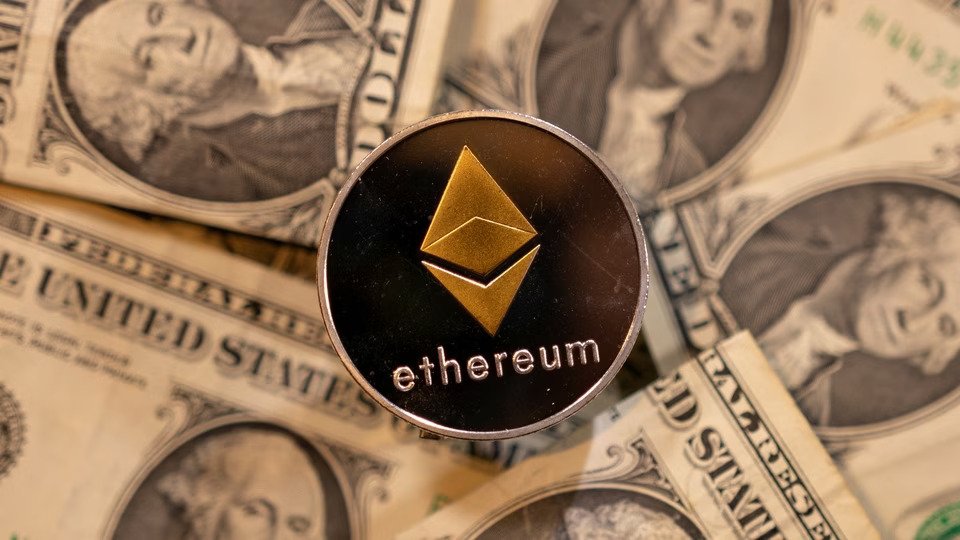Sustainable Governance Models for Bitcoin and Ethereum Networks
- 0.1 Introduction
- 1 The Emergence of Bitcoin and Ethereum
- 2 The Importance of Sustainable Governance
- 2.1 Bitcoin’s Governance Model: Decentralized Consensus
- 2.2 Ethereum’s Governance Model: The Ethereum Improvement Proposal (EIP) Process
- 2.3 Scalability Challenges and Governance
- 2.4 The Role of Community Consensus
- 2.5 Regulatory Challenges and Governance
- 2.6 The Need for Investor Caution
- 3 Conclusion
Introduction
In the fast-paced world of cryptocurrencies, the sustainability and governance of blockchain networks like Bitcoin and Ethereum are of paramount importance. As these networks continue to gain prominence, the need for robust governance models that address scalability, security, and inclusivity becomes increasingly crucial. This article explores sustainable governance models for the Bitcoin and Ethereum networks, highlighting their potential to foster stability and long-term viability. While cryptocurrencies offer exciting investment opportunities, it’s important to remember to exercise caution and conduct due diligence when considering trading platforms. Visit https://bitcoingptofficial.com/, a reliable trading platform with the most advanced trading features online.
The Emergence of Bitcoin and Ethereum
Bitcoin, the first decentralized cryptocurrency, introduced the concept of blockchain technology and revolutionized the financial landscape. Ethereum, a later innovation, expanded upon Bitcoin’s capabilities by incorporating smart contracts and decentralized applications (dApps). Both networks have witnessed exponential growth in recent years, attracting global attention and investor enthusiasm.
The Importance of Sustainable Governance
For cryptocurrencies to thrive and fulfill their potential, they require sustainable governance models that ensure stability, security, and fairness. Such models help address technical challenges, regulatory compliance, and community engagement, allowing the networks to adapt and evolve over time. By establishing effective governance, Bitcoin and Ethereum can maintain public trust, attract investment, and nurture innovation.
Bitcoin’s Governance Model: Decentralized Consensus
Bitcoin’s governance model is rooted in decentralized consensus, achieved through a process known as mining. Miners contribute computational power to validate transactions and secure the network. Through consensus rules and the proof-of-work (PoW) algorithm, miners collectively make decisions regarding upgrades, protocol changes, and transaction fees. This decentralized approach ensures that no single entity or group has undue influence over the network, promoting fairness and security.
Ethereum’s Governance Model: The Ethereum Improvement Proposal (EIP) Process
Ethereum embraces a more participatory governance model known as the Ethereum Improvement Proposal (EIP) process. This model allows developers and community members to propose changes and improvements to the Ethereum network. EIPs undergo public discussion, peer review, and community voting, ensuring a collaborative decision-making process. This inclusive approach encourages innovation and fosters community engagement while avoiding concentration of power.
Scalability Challenges and Governance
One of the key challenges facing both Bitcoin and Ethereum is scalability. As user adoption and transaction volumes increase, the networks must find efficient ways to handle the growing demand. Sustainable governance models play a vital role in addressing these challenges by facilitating the implementation of scalability solutions. This includes exploring techniques such as layer-two solutions, sharding, and consensus algorithm upgrades. However, careful consideration must be given to maintain network security and decentralization during the scalability enhancement process.
The Role of Community Consensus
In both Bitcoin and Ethereum, community consensus is fundamental to sustainable governance. Consensus allows network participants to reach an agreement on key decisions, ensuring that changes are widely accepted and implemented. Open dialogue, transparency, and inclusivity are vital for fostering consensus within the communities. Governance models that prioritize community involvement, such as Bitcoin’s mining process and Ethereum’s EIP process, empower users and stakeholders to have a say in the networks’ future direction.
Regulatory Challenges and Governance
As cryptocurrencies gain mainstream recognition, regulatory challenges come to the forefront. Sustainable governance models must address these challenges to ensure compliance with relevant laws and regulations without compromising the core principles of decentralization and privacy. Collaborative efforts between cryptocurrency communities, regulators, and industry stakeholders can help establish frameworks that strike the right balance, fostering responsible innovation while safeguarding against illicit activities.
The Need for Investor Caution
While the potential for significant financial gains exists in the cryptocurrency space, investors should approach it with caution. Due diligence is crucial when considering trading platforms or any other platform that promises quick returns. Investors should thoroughly research the platforms, their reputation, security measures, and regulatory compliance before engaging in trading activities. Additionally, understanding the risks associated with cryptocurrencies and seeking professional advice can help mitigate potential losses.
Conclusion
Sustainable governance models are critical for the long-term viability and success of blockchain networks such as Bitcoin and Ethereum. By ensuring scalability, security, and inclusivity, these models facilitate network evolution and community engagement. Both Bitcoin and Ethereum have adopted governance approaches that empower their communities and allow for decentralized decision-making. However, as with any investment, it is essential to exercise caution and conduct thorough research before engaging with trading platforms. By navigating the crypto landscape responsibly, individuals can contribute to the sustainability and growth of the blockchain ecosystem.

















